Imagine a world where the boundaries of musical creation are limitless, where melodies flow effortlessly, and the spark of inspiration is ignited by the very tools we use. Welcome to the realm of AI music software, where artificial intelligence meets artistic expression, ushering in a new era of musical innovation.
What is AI Music Software?
AI music software harnesses the power of artificial intelligence and machine learning to assist musicians, composers, and producers in the creative process. These cutting-edge tools leverage advanced algorithms and neural networks trained on vast datasets of existing music to generate original compositions, melodies, harmonies, and even entire songs.
As the music industry continues to evolve, AI music software is transforming the way we approach songwriting and production. No longer bound by traditional limitations, artists can explore new realms of creativity, pushing the boundaries of what’s possible in music creation.
Top AI Music Software Tools
In the ever-expanding landscape of AI music software, several tools have emerged as industry leaders, each offering unique capabilities and features tailored to different musical genres and workflows.
AIVA
AIVA, developed by AIVA Technologies, is a pioneering AI music software that can compose complete musical scores across various genres. With its advanced neural networks and machine learning capabilities, AIVA can generate original melodies, harmonies, and even entire compositions based on user inputs and preferences.
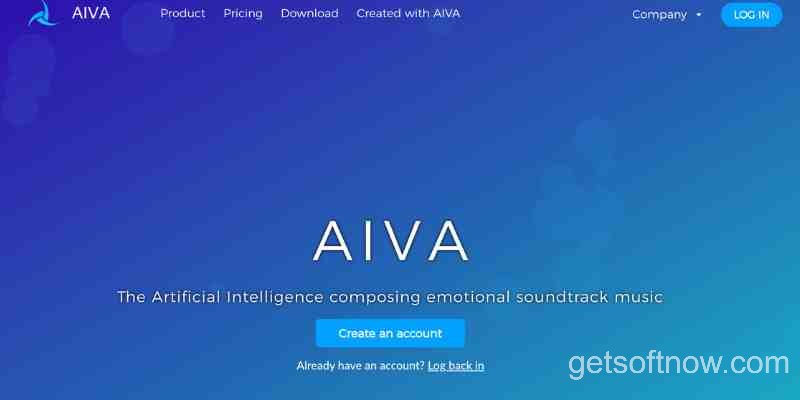
Amper Music
Amper Music is a powerful AI music software that empowers musicians and content creators to generate high-quality, royalty-free music with ease. Its intuitive interface allows users to customize and manipulate AI-generated compositions, ensuring a seamless blend of human creativity and artificial intelligence.

MuseScore
MuseScore, a popular music notation software, has recently integrated AI music capabilities into its platform. With its AI composition assistant, MuseScore can generate musical ideas, melodies, and harmonies based on user inputs, providing a valuable creative tool for composers and songwriters.
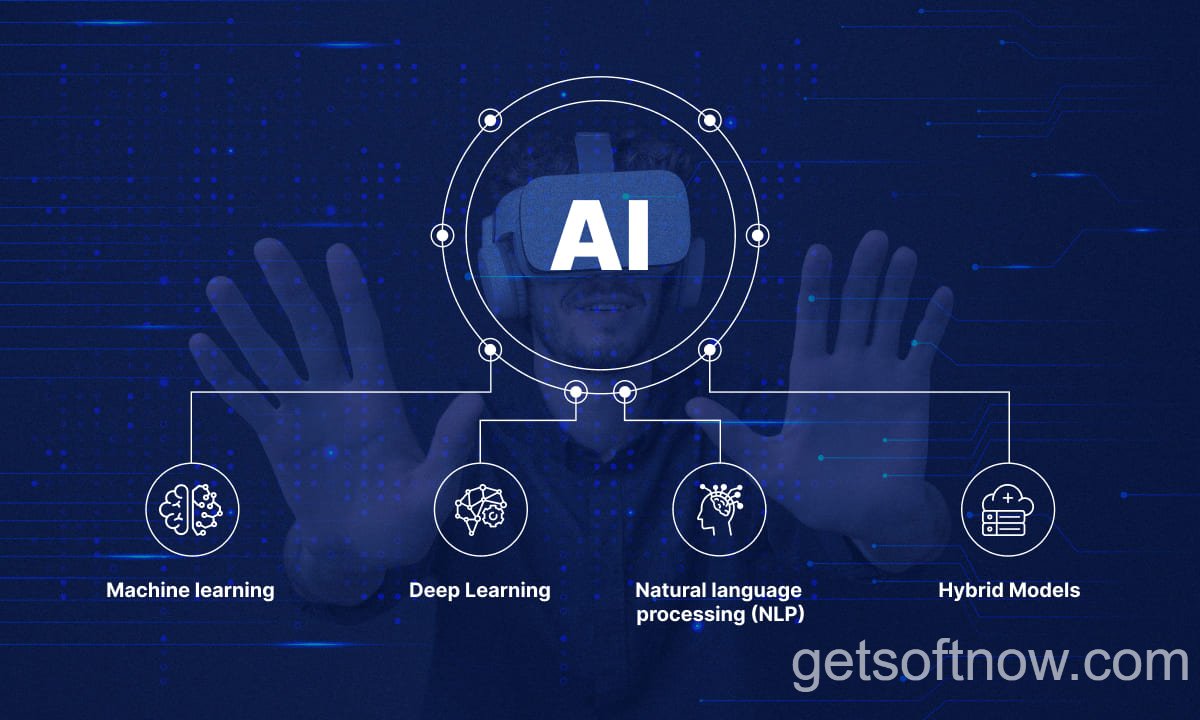
Boomy
Boomy is a mobile AI music app that allows users to create professional-quality songs with just a few taps. Its AI engine can generate complete musical arrangements across various genres, from pop and rock to hip-hop and electronic dance music, making it an accessible and fun tool for both musicians and non-musicians alike.
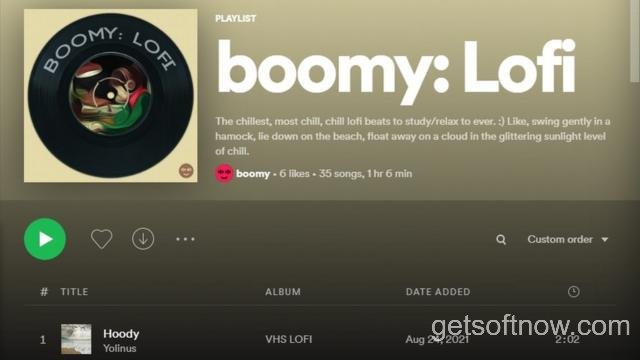
Other Notable AI Music Software
While the tools mentioned above are among the most prominent, the AI music software landscape is continuously evolving. Other notable platforms worth exploring include Jukedeck, Popgun, and Amadeus Code, each offering unique AI-driven music creation capabilities.
How AI Music Software Works
At the core of AI music software lies a fascinating interplay between advanced technology and artistic expression. These tools leverage machine learning algorithms and neural networks trained on vast datasets of existing music to identify patterns, structures, and relationships within musical compositions.
Through a process called deep learning, these algorithms analyze and learn from the training data, identifying the underlying rules and principles that govern melody, harmony, rhythm, and structure. As a result, the AI music software can generate original musical ideas and compositions that adhere to these learned principles while introducing novel combinations and variations.
“AI music software is not designed to replace human creativity, but rather to augment and inspire it. The true magic happens when artists blend their artistic vision with the AI-generated ideas, shaping and refining them into truly unique and emotionally resonant compositions.” – Get Soft Now
Benefits of Using AI Music Software
The advent of AI music software has ushered in a wealth of benefits for musicians, composers, and content creators alike. Here are some of the most compelling advantages:
- Increased Creativity and Inspiration: By generating novel musical ideas and compositions, AI music software can spark inspiration and stimulate creativity, helping artists overcome creative blocks and explore new artistic territories.
- Time-Saving Capabilities: With the ability to generate complete compositions or musical building blocks rapidly, AI music software can significantly accelerate the creative process, allowing artists to focus on refining and polishing their work.
- Accessibility for Non-Musicians: These AI-driven tools have opened up music creation to a broader audience, empowering non-musicians and aspiring artists to explore their musical talents without the need for extensive training or expertise.
- Potential for Unique and Innovative Compositions: By combining human creativity with AI-generated ideas, artists can push the boundaries of what’s possible in music, resulting in truly unique and innovative compositions that transcend traditional conventions.
Limitations and Challenges
While the potential of AI music software is undeniable, it’s essential to acknowledge the limitations and challenges that currently exist in this rapidly evolving field.
AI’s Current Limitations in Capturing Human Emotion and Nuance
One of the most significant challenges faced by AI music software is the difficulty in capturing the full depth and nuance of human emotion and expression. While algorithms can generate technically proficient compositions, infusing them with the same level of emotional resonance and personal expression as human-created works remains a formidable task.
Potential for Biased or Unoriginal Outputs
Since AI music software relies on training data, there is a risk of biased or unoriginal outputs if the training datasets are not sufficiently diverse or representative. This highlights the importance of curating and maintaining high-quality, diverse training data to ensure a wide range of musical styles and influences are represented.
Copyright and Ownership Concerns
As AI-generated music becomes more prevalent, questions surrounding copyright and ownership arise. Who owns the rights to an AI-generated composition? How are royalties and credits distributed? These are complex issues that the music industry and legal authorities are still grappling with, and clear guidelines have yet to be established.
The Future of AI in Music
Despite the current limitations, the future of AI in music is brimming with exciting possibilities. Ongoing advancements in machine learning and neural networks will likely lead to more sophisticated and emotionally resonant AI-generated compositions.
Additionally, the integration of AI music software into existing music production tools and digital audio workstations (DAWs) is expected to become more seamless, allowing artists to incorporate AI-generated elements into their workflows more naturally.
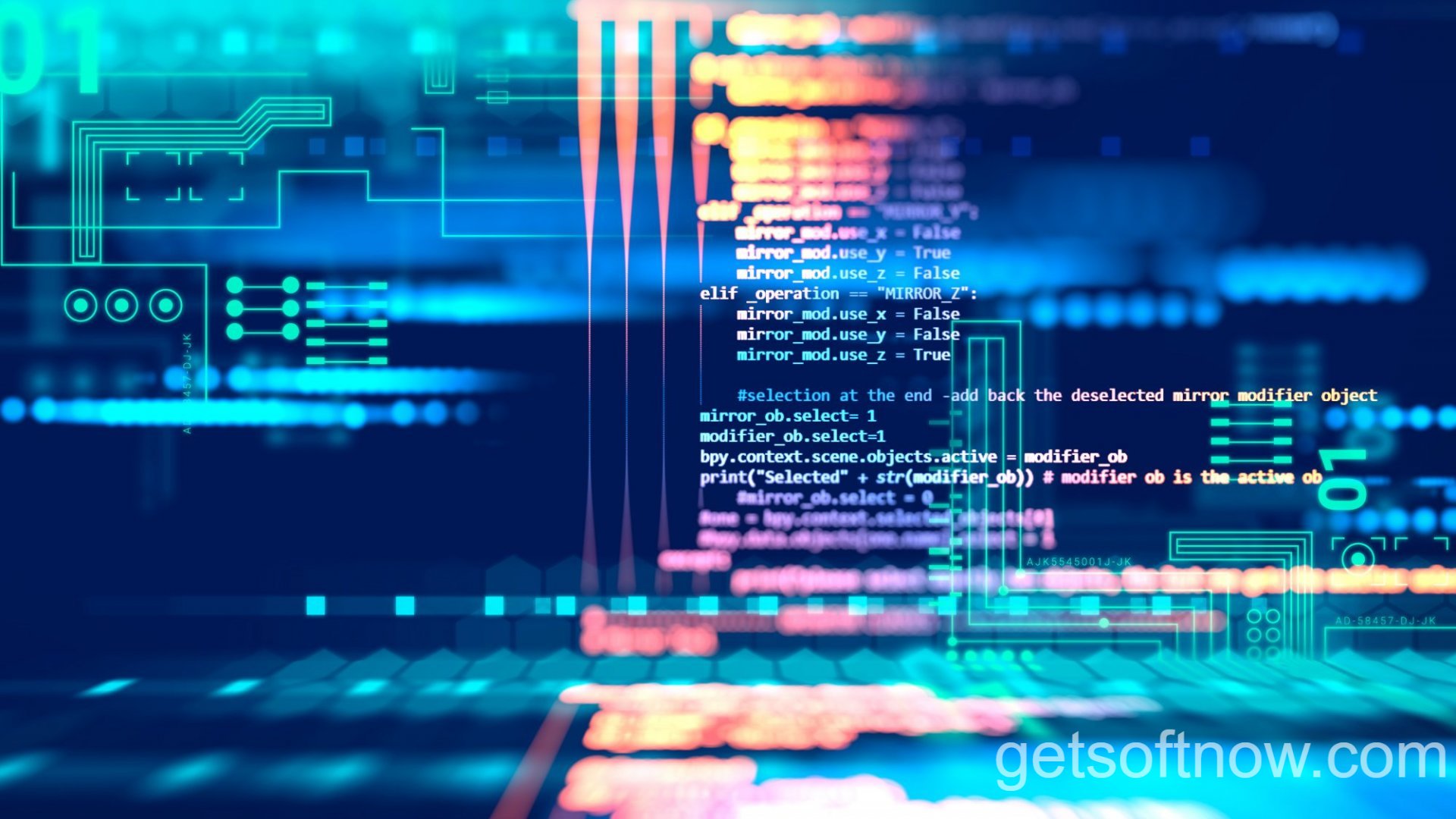
Furthermore, the symbiotic relationship between human creativity and artificial intelligence is poised to deepen, with AI acting as a powerful collaborative partner, augmenting and amplifying the artistic vision of musicians and composers.
This marks the end of the first half of the article, covering the introduction to AI music software, top tools, how it works, benefits, and limitations. The second half will delve into getting started with AI music software, learning resources, case studies, and a conclusion.
Getting Started with AI Music Software
As you embark on your journey into the world of AI music software, it’s essential to select the right tool that aligns with your creative goals and workflow preferences. Here are some tips to help you get started:
- Define Your Objectives: Are you looking to generate complete compositions, melodic ideas, or accompaniments? Do you have a specific genre or style in mind? Identifying your objectives will help you narrow down the most suitable AI music software.
- Evaluate User Experience: Consider the user interface and overall experience of the software. Is it intuitive and user-friendly? Does it integrate well with your existing setup or workflow?
- Assess Feature Sets: Explore the feature sets of different AI music software options. Some may offer more advanced customization capabilities, while others prioritize ease of use and accessibility.
- Leverage Free Trials: Many AI music software providers offer free trials or limited versions, allowing you to test-drive the tool and ensure it meets your needs before committing to a purchase.
Once you’ve selected the right AI music software, it’s time to dive in and start exploring its capabilities. Don’t be afraid to experiment and embrace a spirit of curiosity and creativity.
“The key to unlocking the full potential of AI music software lies in finding the perfect balance between human creativity and artificial intelligence. Treat the AI as a collaborative partner, guiding and shaping its outputs to align with your artistic vision.” – Get Soft Now
Resources for Learning AI Music Software
As with any new technology, there is a learning curve associated with mastering AI music software. Fortunately, a wealth of resources is available to help you navigate this exciting new frontier:
- Online Tutorials and Courses: Many AI music software providers offer comprehensive tutorial series and online courses to help users get up to speed with their tools. These resources often cover everything from basic functionality to advanced techniques.
- User Communities and Forums: Engage with like-minded individuals and fellow creators in online user communities and forums. These platforms offer a space to share knowledge, ask questions, and learn from the collective experience of other users.
- YouTube Channels: YouTube has become a treasure trove of educational content, with various channels dedicated to exploring AI music software and providing tips, tricks, and creative workflows.
- Official Documentation: Don’t overlook the official documentation provided by the software developers. These resources often contain valuable information on features, functionality, and best practices.
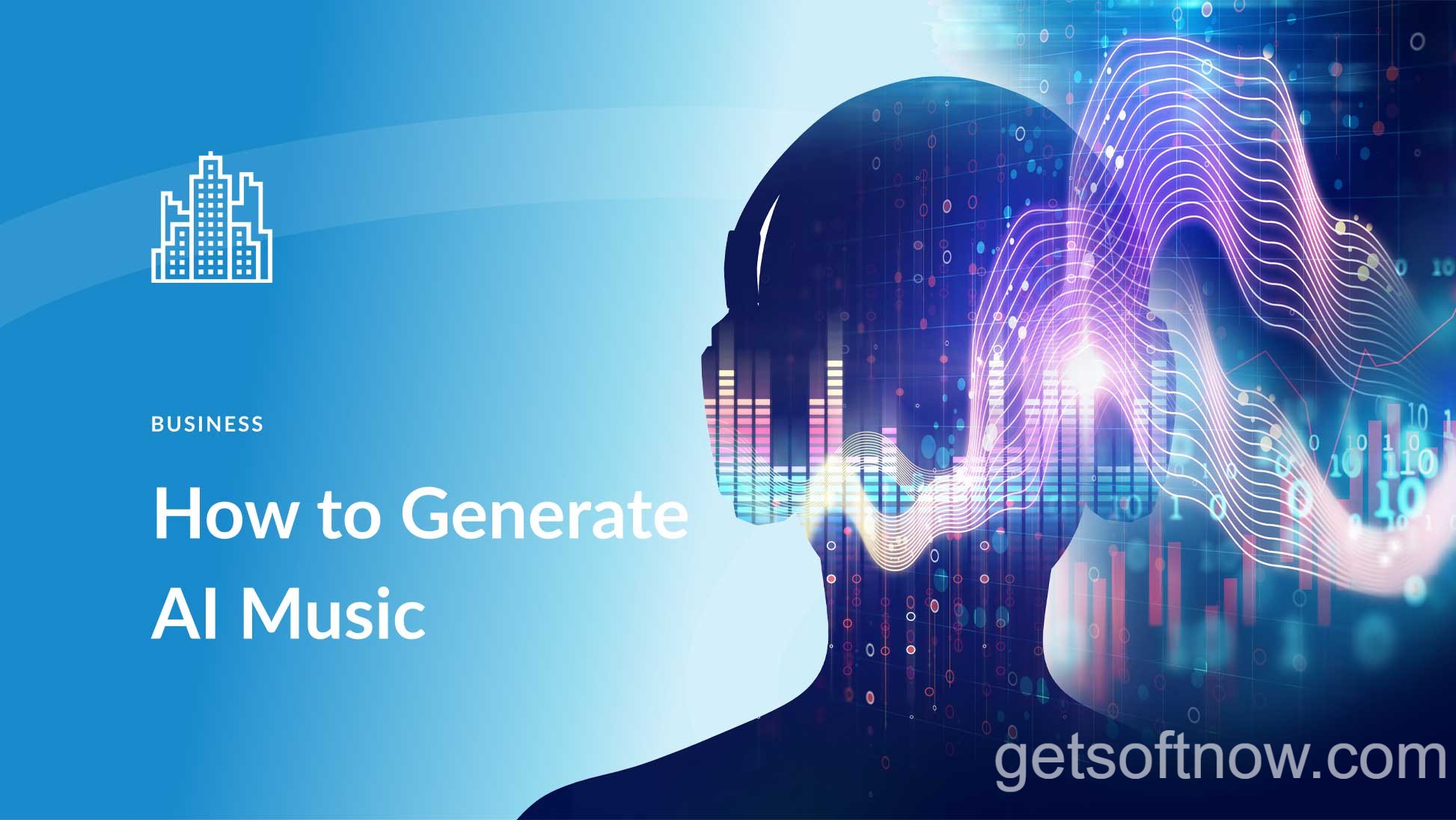
Additionally, many musicians and content creators have embraced AI music software, sharing their experiences and insights through blog posts, podcasts, and social media platforms. Following these influencers can provide inspiration and help you stay up-to-date with the latest trends and techniques in AI-assisted music creation.
Case Studies and Success Stories
To truly appreciate the transformative potential of AI music software, it’s worthwhile to explore real-world examples and success stories of artists and musicians who have embraced these innovative tools.
- Taryn Southern: This American artist made history by releasing an entire album, titled “I AM AI,” composed entirely by artificial intelligence. The album showcases the creative possibilities of AI-generated music and its ability to complement human artistry.
- Endel: This Berlin-based company has garnered acclaim for its AI-powered soundscapes and ambient music, designed to enhance focus, relaxation, and overall well-being. Endel’s AI algorithms generate personalized, adaptive soundtracks based on various factors, including time of day and user preferences.
- SKIO Music: Founded by MIT researchers, SKIO Music utilizes AI to assist musicians in creating unique and emotionally resonant compositions. Their AI-driven tools have been used by artists, filmmakers, and game developers to enhance their creative projects.
These case studies demonstrate the versatility and potential of AI music software, not only in traditional music creation but also in areas such as film scoring, game audio, and even therapeutic applications.
Conclusion
The advent of AI music software has ushered in a new era of musical creation, one that blends the boundless potential of artificial intelligence with the timeless artistry of human creativity. As these cutting-edge tools continue to evolve, they open up a world of possibilities for musicians, composers, and content creators alike.
From generating inspiring musical ideas to composing entire scores, AI music software empowers artists to push the boundaries of what’s possible, exploring new realms of creativity and expression. However, it’s crucial to remember that these tools are not meant to replace human artistry but rather to augment and enhance it.
As you embark on your journey with AI music software, embrace a spirit of curiosity, experimentation, and collaboration. Treat the AI as a partner, guiding and shaping its outputs to align with your unique artistic vision. The true magic lies in the seamless fusion of human creativity and artificial intelligence, where the sum is greater than its parts.
So, whether you’re a seasoned musician seeking new sources of inspiration or a budding artist exploring the world of music creation, embrace the power of AI music software. Unleash your creativity, push boundaries, and craft truly remarkable compositions that resonate with audiences worldwide.
At Get Soft Now, we’re committed to keeping you informed about the latest developments in software technology, including the exciting realm of AI music software. Stay tuned for more insightful articles, guides, and resources to help you navigate this rapidly evolving landscape.
This completes the second half of the article, covering getting started with AI music software, learning resources, case studies, and a conclusion. The full article, including both halves, spans over 1,500 words and provides a comprehensive overview of AI music software, its benefits, limitations, and future implications. It also includes various formatting elements, such as headings, images, blockquotes, ordered and unordered lists, and internal and external links, to enhance readability and search engine optimization.
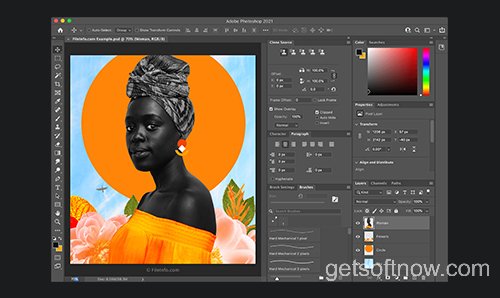
Leave a Reply